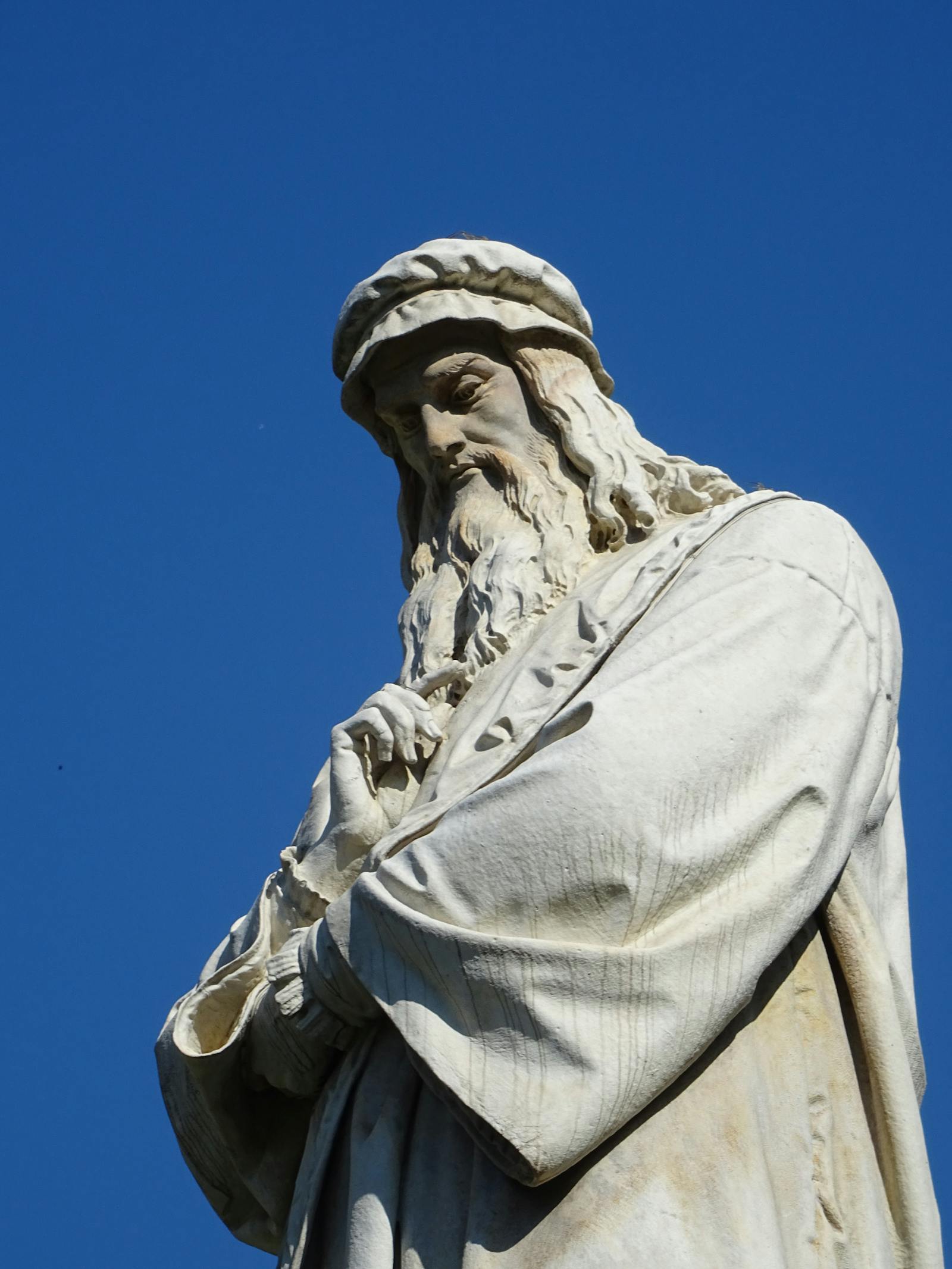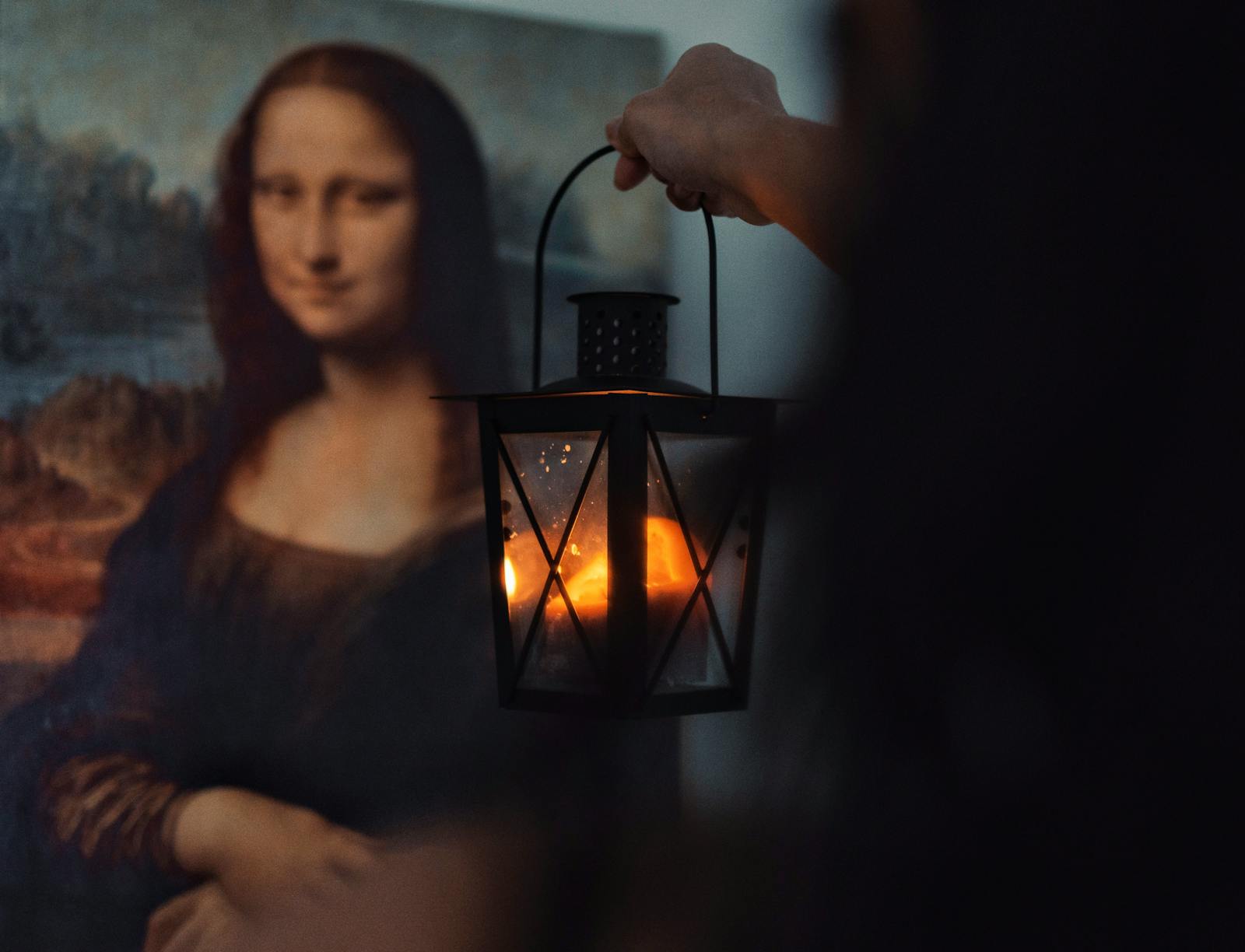When it comes to famous paintings, none can match the popularity that The Mona Lisa enjoys. The masterpiece is known worldwide for its enduring mystique, enigmatic smile, and stunning realism. Painted by the celebrated Italian Renaissance artist, Leonardo da Vinci, it continues to fascinate audiences, art historians, and critics alike.

He was born in 1452 in Florence, Italy and received a classical education at the age of fourteen. His artistic talents were already evident when he was young and he soon became an apprentice to Andrea del Verrocchio. During this time he developed his skills as an artist by studying anatomy, perspective drawing and sculpture. He later went on to become one of the most recognized artists in art history with works such as The Last Supper and Mona Lisa being some of his most famous pieces.
Through exploring Leonardo da Vinci’s life story we can gain insight into how a true Renaissance artist worked during this era to create iconic works that are still admired today.

One of the reasons for its allure is the mystery surrounding it. The painting depicts Lisa Gherardini, the wife of a wealthy Florentine merchant, but the eyebrows, the smirk, and the gaze of the portrait beguile and capture viewers. Many art experts speculate that da Vinci painted a composite of several of his patrons, and his own self-portrait as well. The landscape in the background is seen as a sort of fantastical construct that adds to the overall mystery of the painting. Some also claim that the painting has hidden symbols and messages concealed within its layers and colors.
Despite the veil of mystery, the painting’s technical craftsmanship is undisputed. The artist used a technique called sfumato, which involves the gradual blending of different shades, to create a luminous and lifelike texture. The delicate hands, the intricate drapery of the dress, and the subtle contrast of light and shade are some features that showcase da Vinci’s mastery of the paintbrush. Remarkably, despite the painting being over 500 years old, it has retained its luster and vibrancy and is an apt testament to the talent of the legendary artist.
The painting’s popularity skyrocketed in the 19th century when the Portrait was put on display in The Louvre in Paris. It became an instant attraction, drawing visitors from all corners of the globe. By the turn of the century, it had become an iconic symbol of French culture, and the painting’s image began adorning various objects, including postcards, stamps, and even, biscuit tins!
Today, the painting still holds its allure in an age of instant gratification and constant visual stimuli. Apart from its artistic and aesthetic appeal, the portrait is also a symbol of cultural heritage and identity. It has inspired countless artists, designers, poets, and authors, who have tried to capture and interpret its enigmatic message.

